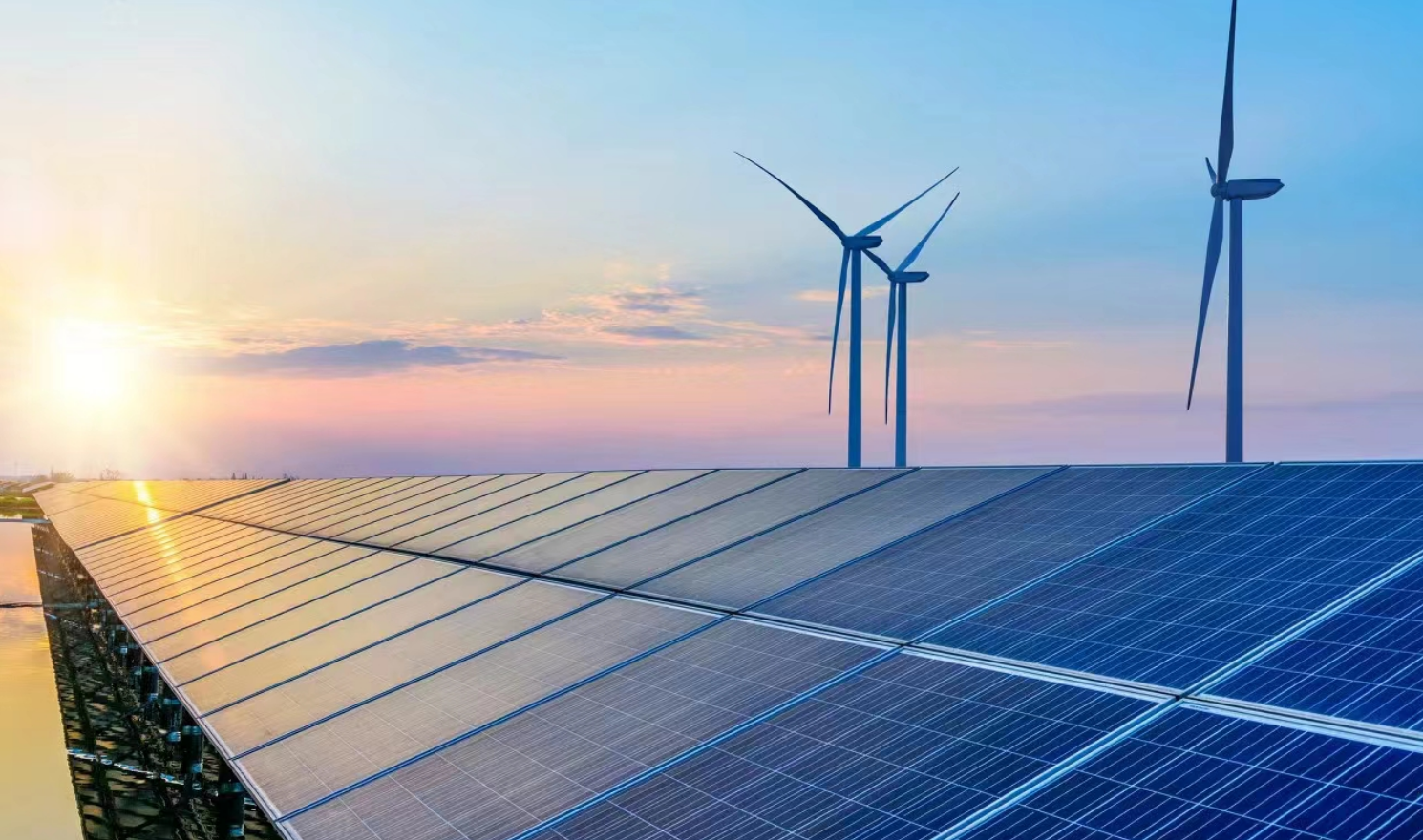Wind and Solar Energy

Mica, a naturally occurring mineral renowned for its unique physical and chemical properties, has found diverse applications across various industries. Two sectors that have significantly benefited from mica's properties are wind energy and solar energy. This article explores the applications of mica products in these renewable energy fields, highlighting the ways in which mica contributes to their efficiency, durability, and overall sustainability.
Mica in Wind Energy
Wind energy has emerged as a crucial player in the transition towards clean and renewable power sources. Mica, due to its exceptional heat resistance, electrical insulating properties, and mechanical strength, has become an essential component in wind turbine technology.
Insulation Materials: Mica is used in electrical insulation materials within wind turbines. These materials are responsible for maintaining the integrity of electrical components, such as generators and transformers, even in extreme temperature variations. Mica's high dielectric strength and thermal stability prevent electrical breakdowns and enhance the reliability of wind turbines.
Vibration Dampening: The blades of a wind turbine are subject to substantial vibrations due to the constant exposure to wind forces. Mica-based composites are used to reduce vibrations and enhance the structural integrity of the blades, thereby extending their lifespan and reducing maintenance costs.
Thermal Management: Mica's excellent thermal conductivity and heat resistance are utilized in the construction of wind turbine nacelles. By efficiently dissipating heat generated by the mechanical and electrical components, mica helps maintain optimal operating temperatures and prevents overheating-related issues.

Mica in Solar Energy
Solar energy technologies, such as photovoltaic (PV) cells, have revolutionized the way we harness energy from the sun. Mica's unique properties have contributed to the advancement of solar energy systems in various ways:
Encapsulation and Insulation: Mica is employed in encapsulating PV cells to protect them from environmental factors like moisture, dust, and mechanical stress. Its moisture-resistant and electrically insulating characteristics shield the delicate electronic components, ensuring consistent performance and longevity.
Thermal Insulation: Solar panels can experience heat buildup during operation, which can negatively impact efficiency. Mica-based insulating materials are used to manage heat dissipation, thereby enhancing the overall performance of solar panels.
Reflective Coatings: Mica's reflective properties make it valuable in creating coatings for solar panels. These coatings help to direct sunlight onto the PV cells, maximizing energy absorption and conversion rates.
Conclusion
Mica's versatility and exceptional properties have positioned it as a vital element in the fields of wind and solar energy. Its contributions to insulation, thermal management, and structural reinforcement have significantly enhanced the efficiency, durability, and sustainability of renewable energy technologies. As the world continues to embrace cleaner energy sources, mica's role in these sectors will likely remain pivotal, driving advancements and innovations in the quest for a greener future.
Industries
Contact Us

Tel: +86-13184770996
E-mail: info@goldenmica.com



